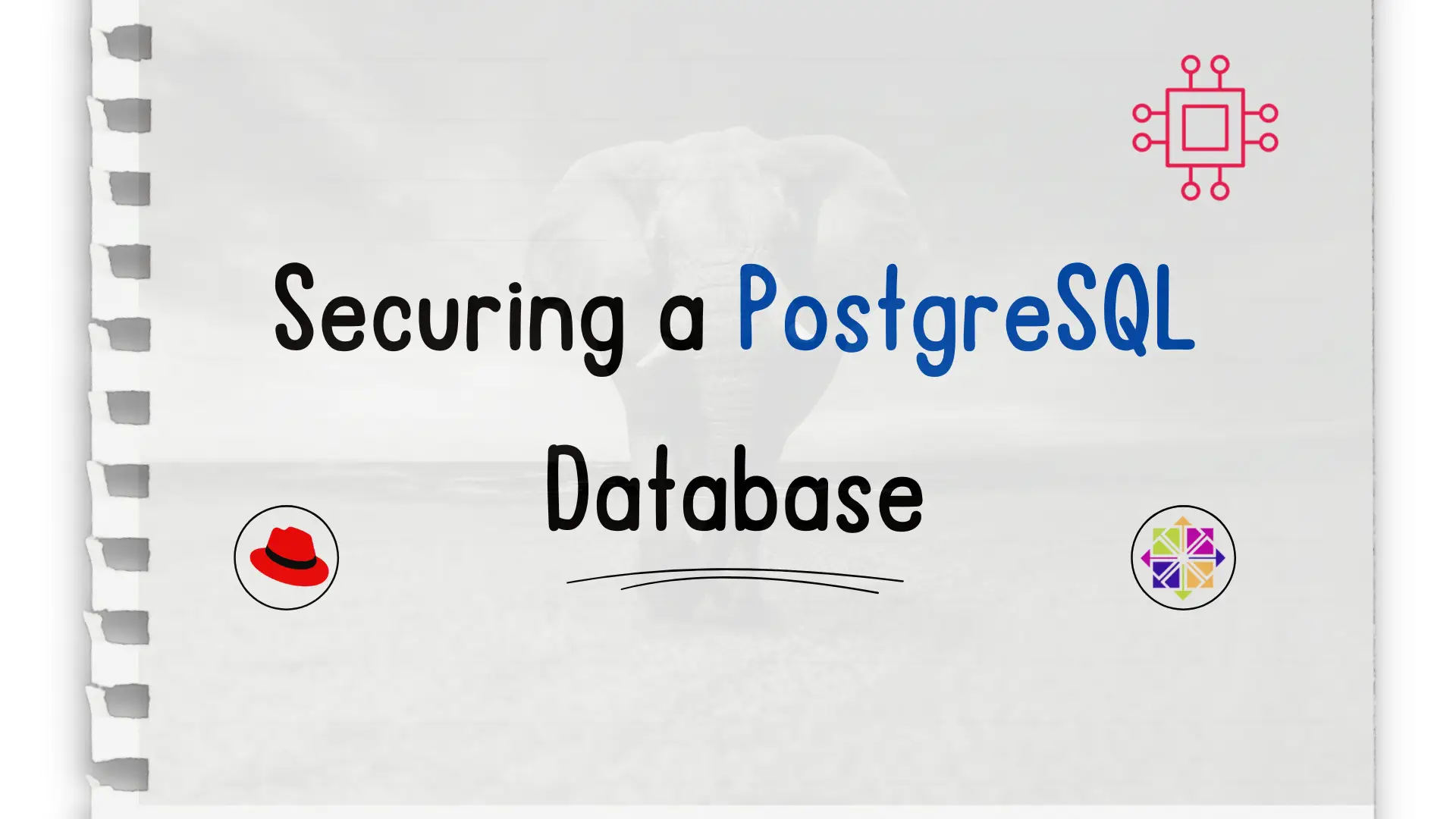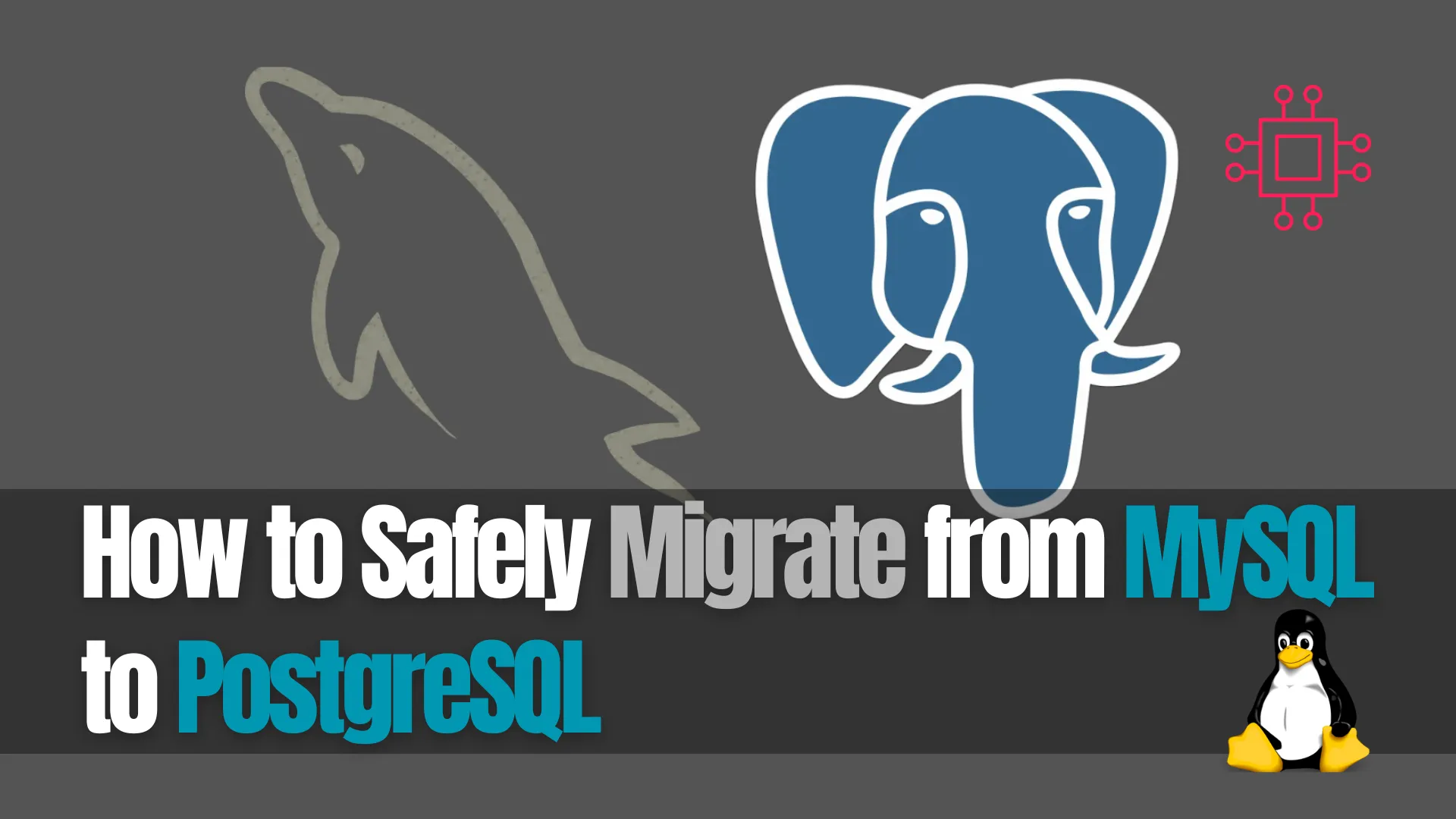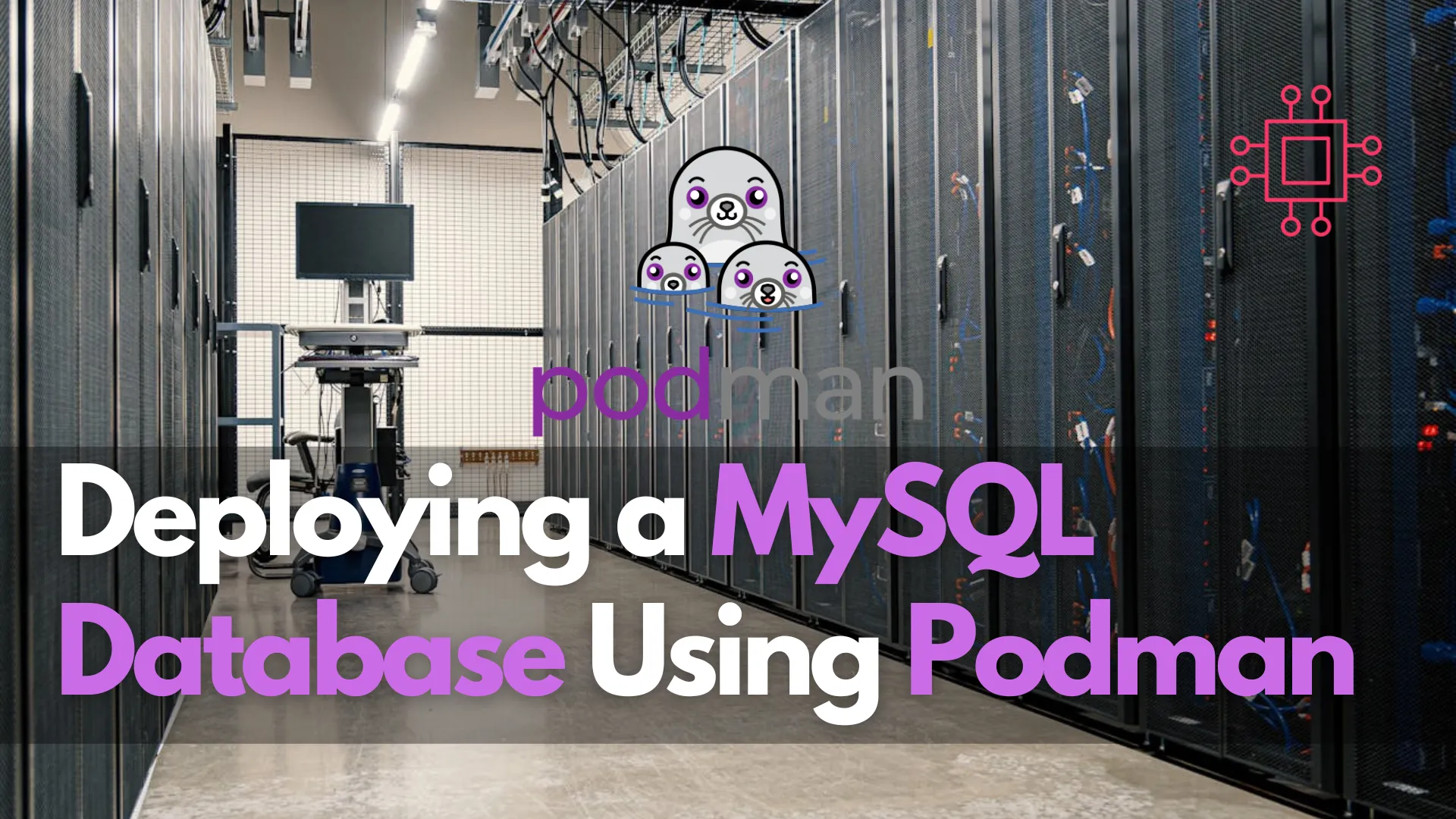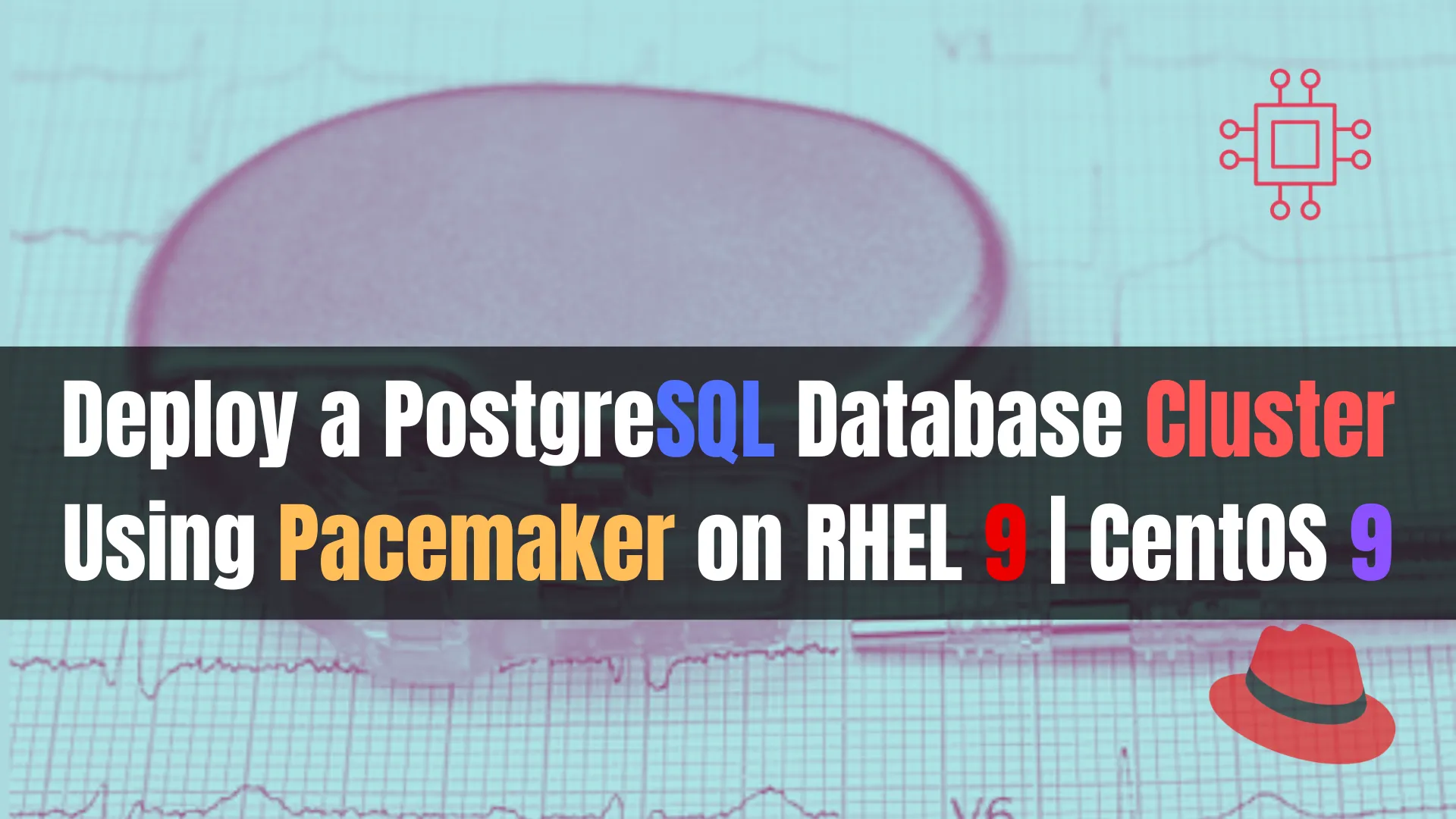
Protecting your valuable data is crucial in the digital age, and one of the most important steps you can take is securing your PostgreSQL database

Learn how to safely migrate your MySQL database to PostgreSQL with this step-by-step guide. Get tips on tools, data migration, schema conversion, and performance optimization.
Migrating from MySQL to PostgreSQL is an important yet sometimes tricky process. Whether you’re moving to PostgreSQL for better performance, richer features, or scalability, understanding the migration process is crucial. In this comprehensive guide, we will walk you through each step to help ensure your data migration is smooth, efficient, and safe.
Before diving into the process, let’s take a brief moment to discuss why you might want to migrate from MySQL to PostgreSQL:
|
|
|
|
|
The first step in any database migration is assessing your current setup. This is particularly important when migrating from MySQL to PostgreSQL, as certain features or configurations may not directly translate.
▶️ Key Points to Assess |
|
|
|
|
Before you start migrating, always backup your MySQL database. In case anything goes wrong during the migration, you can restore your database without data loss. To back up a MySQL database, use the following CLI command:
mysqldump -u username -p database_name > backup.sql
Replace username with your MySQL username and database_name with the name of your database.
Ensure PostgreSQL is installed on your server. You can install it using the following command, depending on your operating system:
▶️ For Ubuntu |
sudo apt-get update
sudo apt-get install postgresql postgresql-contrib
▶️ For Redhat/CentOS/Fedora |
sudo yum install postgresql-server postgresql-contrib
sudo dnf install postgresql-server postgresql-contrib # For versions 8 or higher
Also, install pgloader, a tool that facilitates the migration of MySQL databases to PostgreSQL. You can install it using:
sudo apt-get install pgloader
When migrating databases, the schema structure is the first thing to migrate. Pgloader can automate the conversion of tables, indexes, and foreign keys.
▶️ Using Pgloader to Migrate Schema |
To migrate your schema using pgloader, run the following command:
pgloader mysql://username:password@hostname/database_name postgresql://username:password@hostname/database_name
🖥️ In this command |
|
|
Pgloader will automatically convert MySQL-specific data types to their PostgreSQL equivalents, ensuring a smoother transition.
📊 Table Migration Example (MySQL Table): |
CREATE TABLE users (
id INT AUTO_INCREMENT,
name VARCHAR(255) NOT NULL,
email VARCHAR(255) UNIQUE,
created_at TIMESTAMP,
PRIMARY KEY(id)
);
📊 Table Migration Example (PostgreSQL Table): |
CREATE TABLE users (
id SERIAL PRIMARY KEY,
name VARCHAR(255) NOT NULL,
email VARCHAR(255) UNIQUE,
created_at TIMESTAMP
);
Notice that AUTO_INCREMENT in MySQL is replaced with SERIAL in PostgreSQL.
Once the schema is set up in PostgreSQL, the next step is to migrate the data. You can use pgloader for this task as well, which migrates both schema and data. To migrate the data, run:
pgloader mysql://username:password@hostname/database_name postgresql://username:password@hostname/database_name
💡NOTE: The above command migrates both your schema and data. If your database is large, consider migrating in smaller chunks to reduce downtime. |
The above command migrates both your schema and data. If your database is large, consider migrating in smaller chunks to reduce downtime.
Stored procedures, functions, and triggers are not always compatible between MySQL and PostgreSQL. They may require significant rewriting because the two databases use different procedural languages:
|
|
You can manually rewrite these elements or use tools like pgplsql to help with the conversion. Example of MySQL to PostgreSQL stored procedure conversion:
▶️ MySQL Procedure |
DELIMITER $$
CREATE PROCEDURE get_user_by_email(IN email VARCHAR(255))
BEGIN
SELECT * FROM users WHERE email = email;
END$$
DELIMITER ;
▶️ PostgreSQL Function |
CREATE OR REPLACE FUNCTION get_user_by_email(email VARCHAR)
RETURNS TABLE(id INT, name VARCHAR, email VARCHAR, created_at TIMESTAMP) AS
$$
BEGIN
RETURN QUERY SELECT * FROM users WHERE users.email = email;
END;
$$ LANGUAGE plpgsql;
Testing is a critical step in ensuring your migration was successful. Perform the following tests:
|
|
|
Once you’re confident that everything has been successfully migrated, it’s time to switch your application to PostgreSQL. This will involve updating your database connection settings in your application’s configuration files. For example:
# MySQL
database:
host: mysql_server
username: mysql_user
password: mysql_password
name: mysql_db
# PostgreSQL
database:
host: postgres_server
username: postgres_user
password: postgres_password
name: postgres_db
After updating the settings, restart your application and ensure everything is working as expected.
Post-migration, you’ll want to monitor the performance of your PostgreSQL database and optimize it for speed and efficiency. Here are a few common tips:
|
|
|
Migrating from MySQL to PostgreSQL doesn’t have to be difficult. By following these best practices and steps, you can ensure a safe, efficient, and smooth transition. Always take the time to test thoroughly, and don’t hesitate to seek expert advice if necessary.
PostgreSQL offers long-term benefits in terms of flexibility, performance, and advanced features—making the migration effort well worth it. While some manual adjustments may be needed, especially around stored procedures and data types, modern tools like pgloader significantly streamline the process. Once migrated, take advantage of PostgreSQL’s rich ecosystem, including extensions, robust security features, and active community support. With the right planning and execution, your team will be well-positioned to scale applications confidently on PostgreSQL.
Did you find this article helpful? Your feedback is invaluable to us! Feel free to share this post with those who may benefit, and let us know your thoughts in the comments section below.

Protecting your valuable data is crucial in the digital age, and one of the most important steps you can take is securing your PostgreSQL database

In this comprehensive guide, we’ll walk through the process of deploying a MySQL database using Podman, covering installation, configuration, and best practices. Table of Contents

Learn how to deploy a highly available PostgreSQL database cluster using Pacemaker on RHEL 9 or CentOS 9. This comprehensive guide covers installation, configuration, and testing
